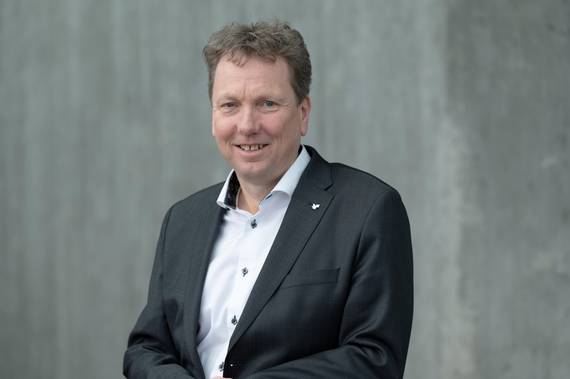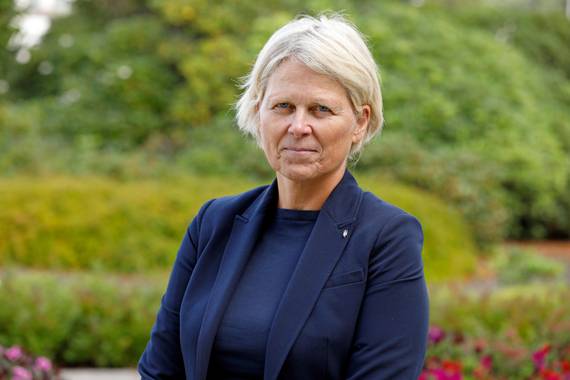
The Hywind Tampen wind farm was opened by Crown Prince Haakon of Norway. Gullfaks and Snorre are the first oil and gas fields in the world to receive power from offshore wind, reducing CO2 emissions.

“Hywind Tampen is expected to reduce CO2 emissions with 200,000 tonnes annually from key oil and gas producers in the North Sea. It is a bold investment in a pioneering project from the Gullfaks and Snorre partnerships and Enova. The project has given us and the supplier industry valuable experience that will be important when we work together to develop offshore wind further in Norway and globally, scaling up for the future.I would like to thank everyone who has contributed, this is an industrial development we can be proud of,” says Kjetil Hove, executive vice president for the Norwegian continental shelf in Equinor.
The wind farm consists of 11 wind turbines based on the floating Hywind concept, developed by Equinor. Hywind Tampen has a system capacity of 88 MW and is expected to cover about 35 per cent of the annual need for electricity on the five platforms Snorre A and B and Gullfaks A, B and C. The wind farm is managed from Equinor’s office location in Bergen.

“40 years ago, Gullfaks was Equinor’s major qualifying test in field development on the Norwegian continental shelf. Today marks a new milestone. With Hywind Tampen, we have shown that we can plan, build and commission a large, floating offshore wind farm in the North Sea. We will use the experience and learning from this project to become even better. We will build bigger, reduce costs and build a new industry on the shoulders of the oil and gas industry,” says Siri Kindem, head of Equinor’s renewables business in Norway.
In five years, the project has gone from the drawing board to completion. 60 percent of the contract values in the project have been awarded to Norwegian suppliers. This has contributed to new activity, green jobs, local spin-offs and technology development for future floating offshore wind projects in a growing industry.
Enova and the Norwegian Business Sector’s NoX fund have supported the project with NOK 2.3 billion and NOK 566 million respectively to stimulate technology development within offshore wind power and emission reductions.
The investment forecast for the project is now about NOK 7.4 billion. When the plan for development and operation was submitted, the development cost was estimated at about NOK 5 billion. The increase is due to a combination of COVID-related costs, delayed deliveries, quality issues with some deliveries and knock-on effects. In addition, increased market prices, currency effects and supplier compensation for COVID-19 effects have contributed. At the same time, the expected CO2 tax and gas price have increased, which has a positive effect on the project economy.
The project has significant cost improvements compared to the Hywind Scotland floating offshore wind farm, which was the world’s first floating offshore wind farm. Adjusted for price developments since 2016/2017, the investment cost for Hywind Tampen is about 35 percent lower per installed MW.








































